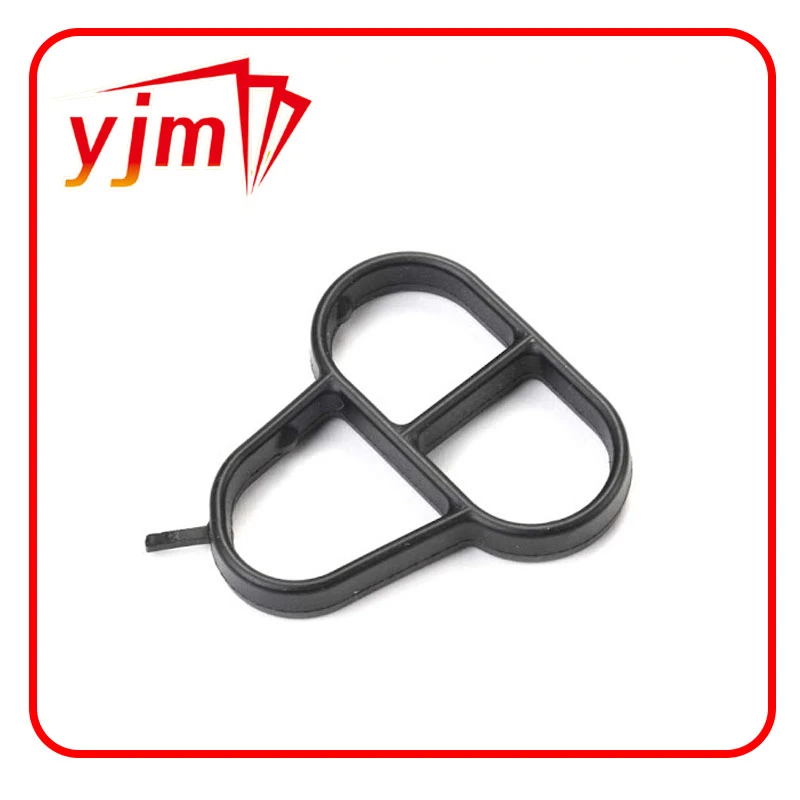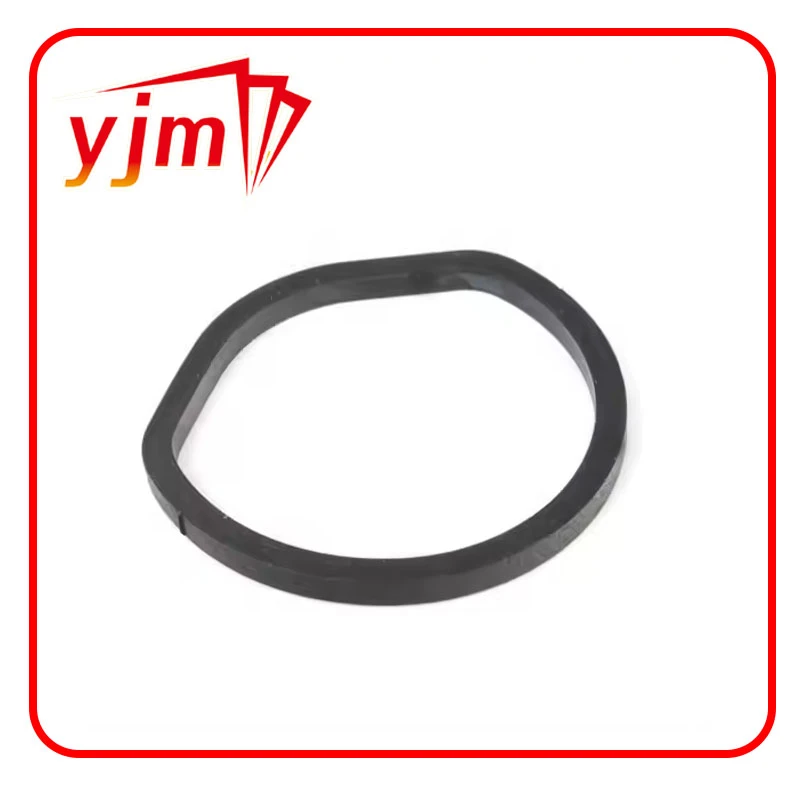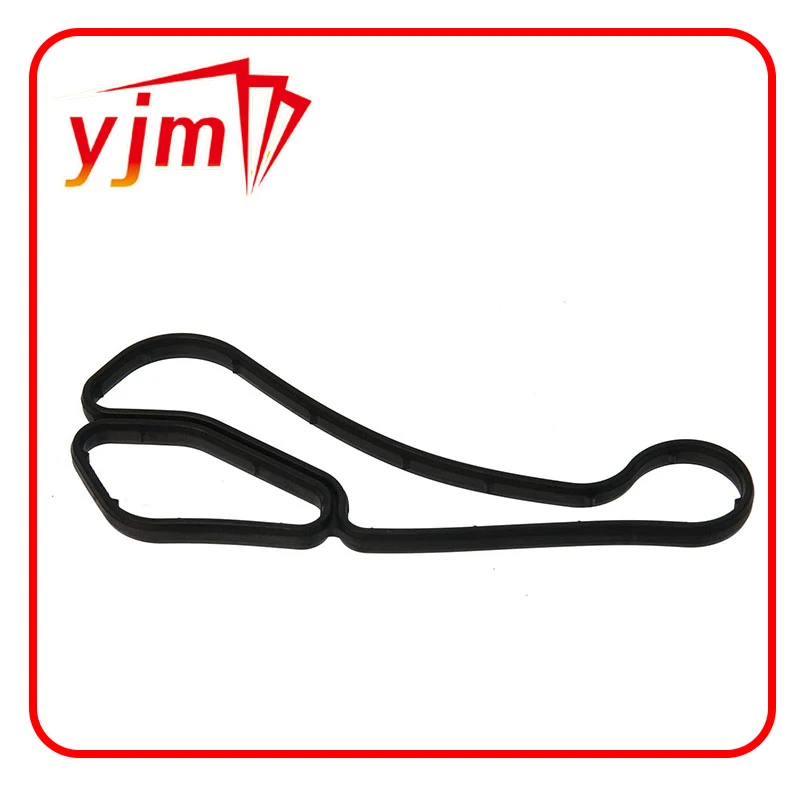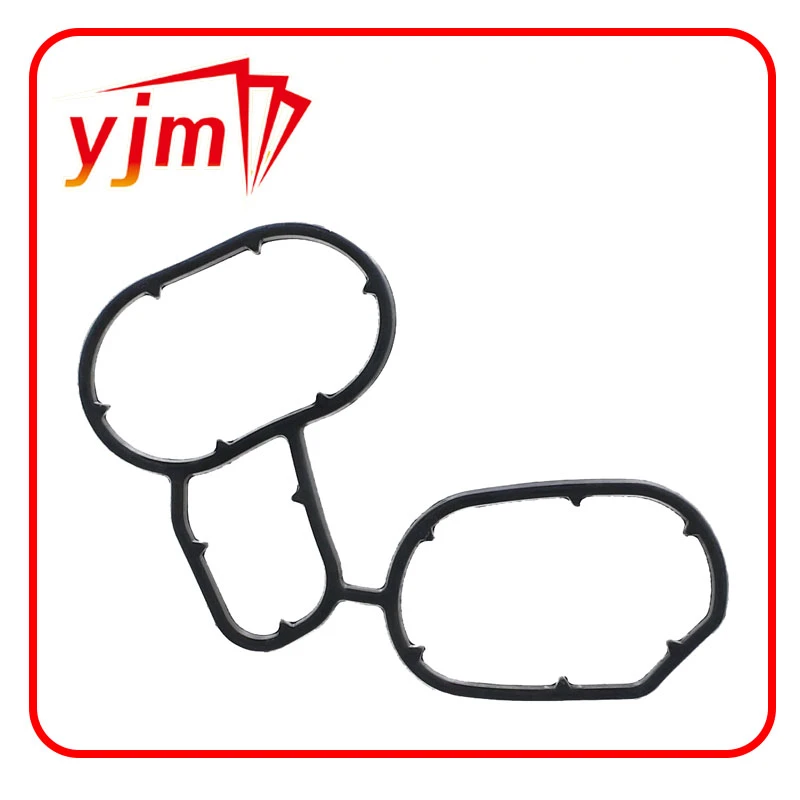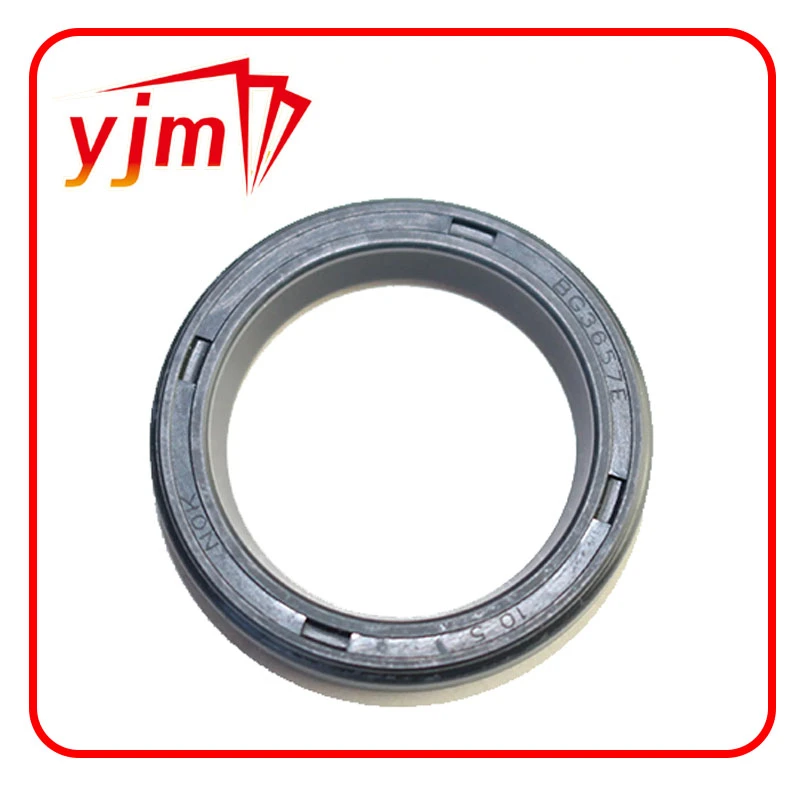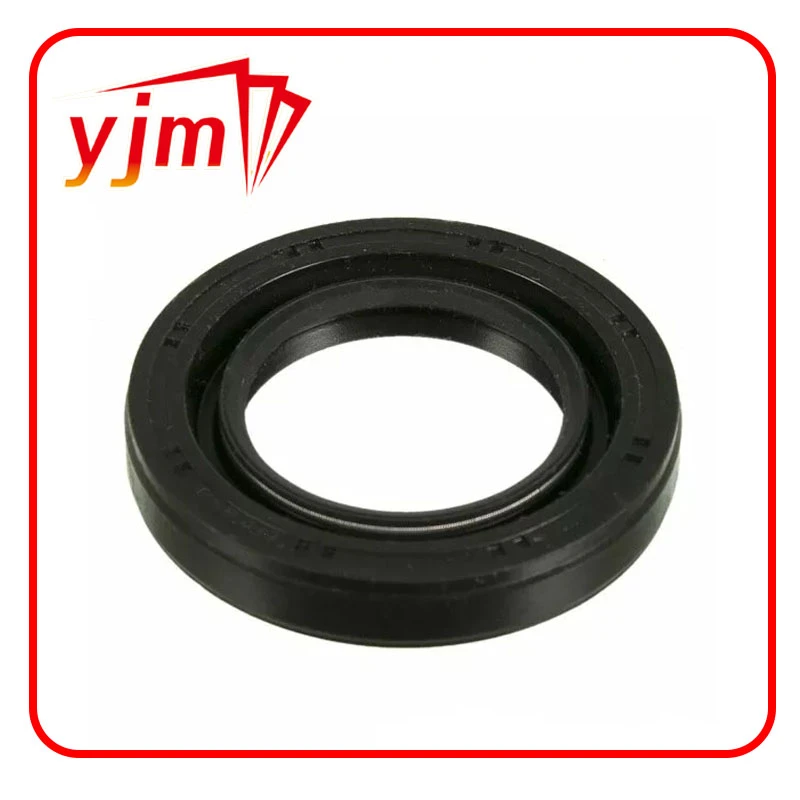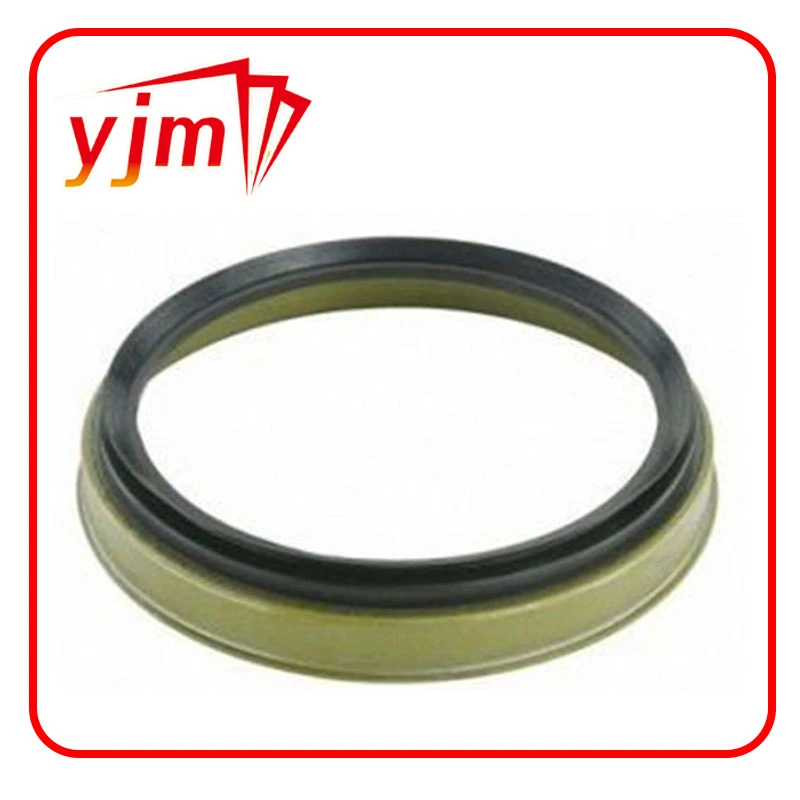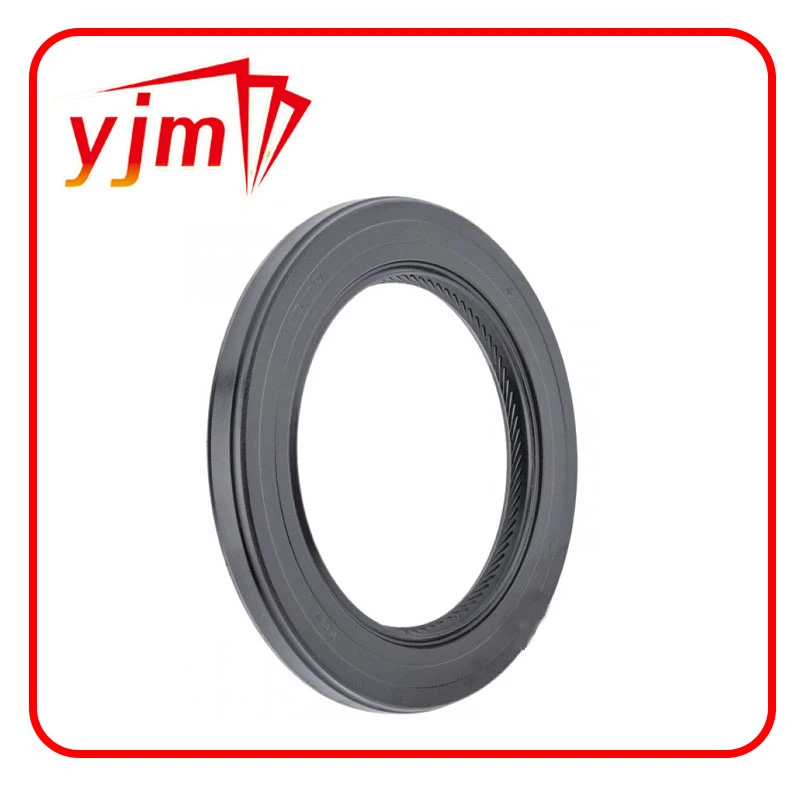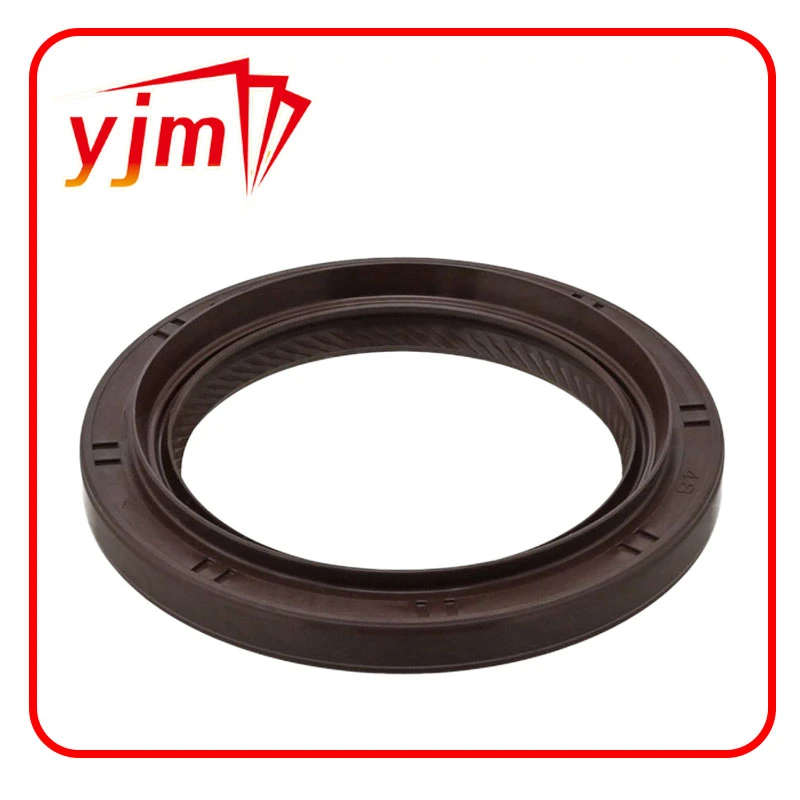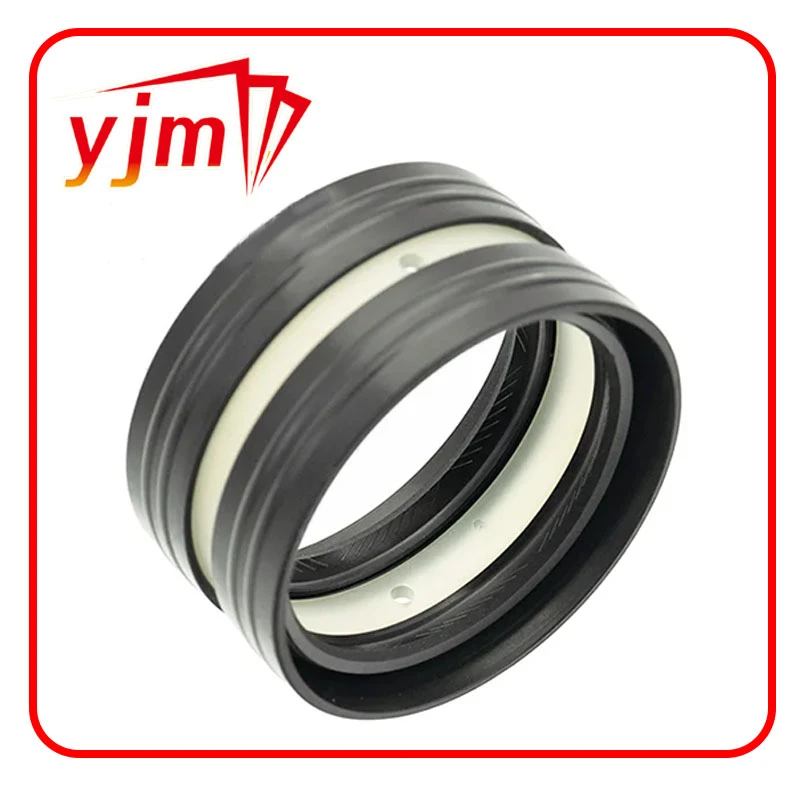Mastering Oil Maintenance: A Complete Guide to Oil Plugs, Replacements, and Drain Valves
Proper oil maintenance is the cornerstone of engine health, but it’s often the smallest components—like the oil plug—that get overlooked. Whether you're dealing with an oil plug stripped issue, seeking a durable rubber oil drain plug, considering an oil plug replacement, or hunting for the best oil drain valve, this guide covers everything you need to keep your engine leak-free and running strong.
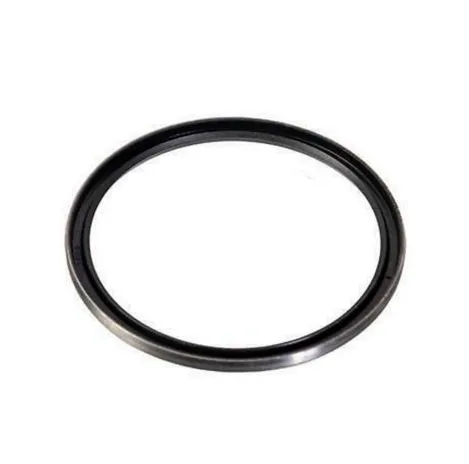
Dealing with a Stripped Oil Plug: Causes and Fixes
One of the most common issues during an oil change is discovering an oil plug stripped from overtightening, cross-threading, or long-term wear. A stripped plug can prevent you from sealing the oil pan properly or even removing the plug for future oil changes.
Signs of a stripped oil plug include:
Difficulty tightening or loosening the plug
Oil seeping from the plug area
Plug spins but doesn’t secure
Damaged threads visible on the plug or oil pan
How to fix a stripped oil plug:
Thread repair kits: These include oversized plugs and inserts (such as Helicoil kits) that restore damaged threads.
Self-tapping oil plugs: These re-thread the hole as you screw them in, offering a temporary or semi-permanent solution.
Oil pan replacement: In severe cases, replacing the oil pan is the only secure solution.
To prevent stripping, always tighten your plug to the manufacturer's torque specification and avoid using excessive force.
Rubber Oil Drain Plugs: A Temporary but Handy Solution
When you're in a bind or working on a non-critical engine, a rubber oil drain plug can be a quick and effective solution. These plugs typically consist of a rubber stopper with a bolt or wingnut that expands the rubber to seal the drain hole.
Advantages of rubber oil drain plugs:
Easy to install without tools
Useful for temporary or emergency repairs
Ideal for stripped or damaged drain holes
Reusable in many cases
These are especially useful in lawn mowers, generators, and older cars where metal thread damage is common and replacing the oil pan may not be economical.
Limitations: A rubber oil drain plug is not ideal for long-term use in high-performance or high-pressure engines. Rubber can degrade over time from heat and oil exposure, so regular inspection is a must.
Choosing the Right Oil Plug Replacement
If your drain plug is worn, leaking, or lost, a proper oil plug replacement is critical to maintain a clean, sealed oil system. Fortunately, there are plenty of options available depending on your engine type and maintenance preferences.
Types of oil plug replacements:
OEM replacements: Match factory specifications exactly for size, thread pitch, and material. Best for reliability.
Magnetic plugs: These collect metallic particles from your oil, helping to reduce engine wear.
Oversized plugs: Ideal if your oil pan threads are slightly stripped and you want a snugger fit.
What to look for in an oil plug replacement:
Correct thread size and pitch
Durable materials (steel or brass preferred)
A new gasket or sealing washer
Compatibility with your oil pan’s material (aluminum vs. steel)
Regularly inspecting and replacing the oil plug gasket or washer is just as important as the plug itself—worn gaskets are a common source of leaks.
Upgrade Your Oil Changes with the Best Oil Drain Valve
For those looking to make oil changes faster, cleaner, and tool-free, installing the best oil drain valve is a worthwhile upgrade. These valves replace your traditional plug and allow you to drain oil by turning a lever or knob—no tools or removal required.
Top benefits of the best oil drain valve:
No mess oil changes
Reduced risk of burns from hot oil
No need to remove and reinstall the plug each time
Thread longevity—less wear on oil pan threads
Popular brands:
Fumoto Valve: Known for high-quality brass valves with safety locks
ValvoMax: Designed for quick-drain convenience with a simple twist cap
EZ Oil Drain Valve: Features lever-operated drainage with optional hose connections
When choosing the best oil drain valve, make sure it’s compatible with your vehicle’s make, model, and thread size. For low-clearance vehicles, a compact valve model is recommended to avoid ground clearance issues.
Maintaining your engine’s oil system goes beyond simply changing oil—it involves taking care of every component, starting with the oil plug. If you find your oil plug stripped, don’t ignore it; fix it with a thread repair or rubber oil drain plug as a stopgap. Always use a high-quality oil plug replacement to prevent future leaks, and consider upgrading to the best oil drain valve for mess-free, efficient maintenance.
Investing in the right oil system components not only saves time and money, but also extends the life of your engine. So next time you're under the hood, don't overlook the little things—they can make a big difference.
-
Seal 12x20x5: Precision Radial Shaft Seals for Industrial Reliability
Новини Nov.24,2025
-
Seal 12x18x5: Essential Guide to Specifications, Applications & Vendors
Новини Nov.24,2025
-
Understanding Seal 12 20 5: Applications, Specifications & Industry Insights
Новини Nov.23,2025
-
Durable Oil Seal 85x110x12 – Reliable Sealing Solutions for Industry
Новини Nov.23,2025
-
Durable and Precise Oil Seal 75x95x10 for Efficient Machinery | YJM Seal
Новини Nov.22,2025
-
Durable Oil Seal 75x100x10 for Reliable Industrial Performance | YJM Seal
Новини Nov.22,2025
-
High-Quality Oil Seal 65x90x10 | Durable & Reliable Sealing Solutions
Новини Nov.22,2025
Категории продукти

